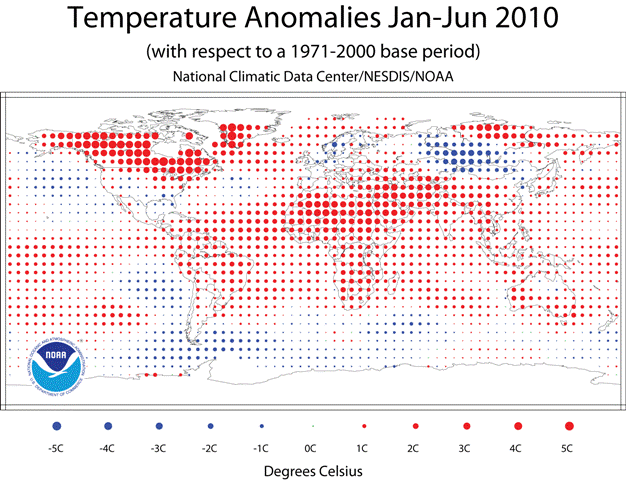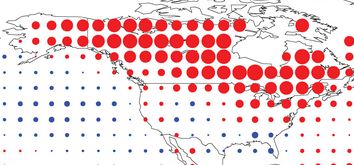Firefighter unlikely to be charged for starting Fourmile fire
The District Attorney for Boulder County, Colorado, announced Wednesday that their office will not file charges against the volunteer firefighter whose debris burning fire escaped and started the Fourmile fire that burned 169 structures and 6,400 acres earlier this month.
George Fairer told investigators he burned debris on September 2, and that he applied water and stirred the ashes that day and the following day. The Fourmile fire began on September 6.
Ecologist says climate change will increase the number of fires
From the HJNews:
Utah experienced fewer wildfires than usual this summer, but the number of blazes will likely increase over time as a result of climate change, according to a local expert.
Michael Jenkins, Utah State University associate professor of disturbance/wildfire ecology, says there is good evidence that rising temperatures will boost the available fire “fuel load” by killing trees, particularly conifers. In addition, heat and low humidity are conducive to blazes.
“Given that the climate is warming, fuels are drying and it’s stressing plants,” Jenkins explained. “I think that has been reflected in the number of acres burned per year over the last 10 or maybe 20 years.”
Jenkins also pointed to intensive firefighting practices that suppress blazes quickly, but boost the “fuel load” by sparing vegetation that would have burned. As a result, when fires do get out of control, they find plenty of shrubs, grasses and trees to feed them.
You can monitor the Antelope fire in Yellowstone
One of the two live web cams on Mt. Washburn in Yellowstone National Park has an excellent view of the 2,800-acre Antelope fire in the northeast area of the park. Here is a screen grab of an image from the cam taken at 11:49 a.m. today. The fire at that time was not very active; earlier in the morning the camera was shrouded in fog. More information about the fire can be found on InciWeb.
The image below was taken by the cam on September 21.
Home owners thank “Bulldozer Man” for saving their houses
The Unified Fire Authority is giving a dozer operator and his D-9 Cat from the nearby landfill credit for saving 32 homes that were threatened by the Machine Gun fire. The fire started during .50-caliber machine gun target practice at a National Guard base near Herriman, Utah.
This gives us an excuse to post this photo of an air tanker working on the fire. Am I the only one that is not fond of the paint job on Tanker 48? Here is a Google search link to a few more photos of the air tanker.

Minimal hero-worship of firefighters
Michael Wolcott writing about the Schultz fire near Flagstaff for Writers on the Range has some interesting thoughts. Here is an excerpt.
My own response was intense curiosity. I wasn’t worried about “destruction” of the San Francisco Peaks: About the only thing that could destroy the mountain is the same thing that created it — a volcanic eruption. As for the threat to Flagstaff’s neighborhoods, I’m glad nobody’s home got burned. But houses built on the forest edge are obviously at risk. The people who choose to live in them are presumably aware of this, and so take their chances. And, having worked on wildland fire crews, my fund of hero-worship for the firefighters was minimal. It’s just a job. Most firefighters will tell you that they are in it because the money is good and because they like the “juice.” Like the rest of us, firefighters are fascinated by fire.
Can the entire New York Fire Department stop an enormous wildfire?
Pam Slater-Price and Howard Windsor, writing for SignOnSanDiego, say no. Here is an excerpt from an article about preparing for wildfires:
Some critics believe only a blank check can solve our fire problem. Yet fire losses still occur because there are times when fire conditions exceed all reasonable capabilities. To be blunt, you could put the entire New York City Fire Department in front an enormous wildfire and the wildfire would still win.
It is interesting that of all the fire organizations the authors could choose from, they picked New York City, a department not best known for their wildfire prowess, although they probably handle structure fires very well. Here is a photo we posted in an article on September 8 about a fire on Staten Island:





